The end of the Fourth Crusade was not marked by the retaking of Jerusalem or even the defeat of the Crusader armies – it ended with the Sack of Constantinople in 1204: the systematic looting and destruction of the collected wealth of the Ancient World by a few thousand greedy Crusaders. When the dust had settled, the jewel of the Eastern Mediterranean was a shadow of its former self: the city’s holy buildings desecrated, its most visible artworks defaced and melted down for scrap, and whole districts burnt to the ground. The leaders of the Byzantine resistance were scattered to the winds, licking their wounds and gathering strength. But for now, the leader of the Crusaders were here to rule.
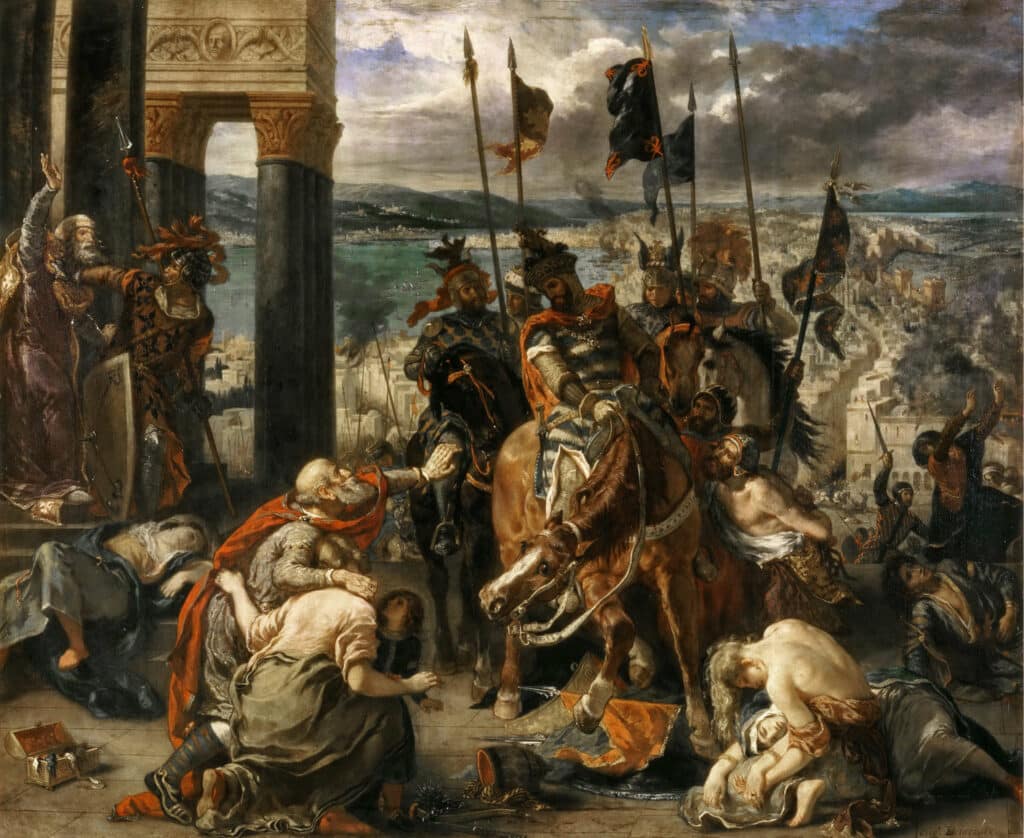
We often think of the Ottoman Empire was being those who ended the Roman Empire: the conquest of Constantinople in 1453 definitively ended the Roman state, becoming the new capital of Mehmet II’s Turkic empire. But the occupation of Constantinople by the Crusaders in 1204, and the unstable Crusader state which squatted in the former Byzantium for half a century, is the herald of the end of Rome. Here, we shall follow on from our two-part series on the Fourth Crusade – so if you want to fully understand the personages and events in this article, start there first! We can’t understand the long decrepitude of the Byzantine Empire, reduced to a tragic stub by the time of the Ottoman conquests, without examining the Frankokratia: the rule by the Crusaders.
A Slow Decline?
Things were not good in the Byzantine Empire even before the arrival of the Crusaders – and so the sudden collapse of the Byzantine Empire into a Latin Crusader state isn’t quite as unexpected as it might appear. From the middle of the 11th century, the Byzantines were rocked by a series of military setbacks at the hands of the Seljuk Turks, and by the opening of the 13th century, the Byzantine state was in a chaotic state.
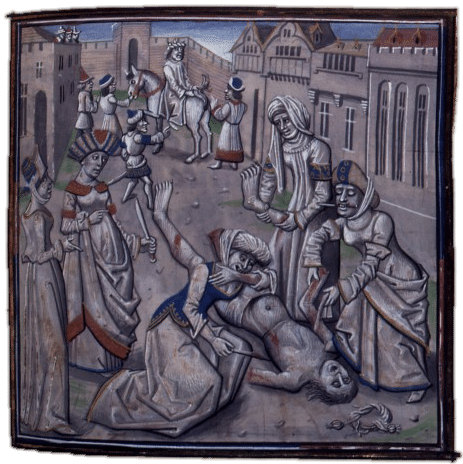
The Angeloi Emperors (ruling from 1185 CE) were marked by a particularly intense series of palace coups, political corruption and high-profile murders. This in and of itself should not be taken as a sign of decline: like the unified Roman Empire before it, Byzantine political culture was extremely bloody, with blindings, poisonings and assassinations being a simple hazard of political life – whilst the bureaucracy of state remained remarkably effective. But the Angeloi took things to a new level: outsourcing naval duties to the Venetians (if you remember the admirals selling the ships ‘down to the nails’), losing their remaining holdings in Asia Minor to the Seljuks, and slaughtering any and all effective statesmen because of the threat they posed. In retrospect, the Fourth Crusade – as the Venetians’ gambit to knock over their main trade rival – is entirely unsurprising.
The Last Byzantine Emperor
However – the precise nature of the Sack and the dismemberment of the Byzantine Empire was not a forgone conclusion. The Crusaders and the Venetians’ first option was to install the boy-Emperor Alexios IV Angelos as a puppet, using him to bleed the city dry of silver for the Venetians and troops for the Crusaders. But puppet-Emperor Alexios had not even ruled for six months before losing the support of the Roman citizens and being ignominiously strangled by his court rivals. The resulting chaos in the face of the Crusaders’ final attacks on the city saw a brief resurrection of the Byzantine Senate, a body which was nominally the direct inheritor of the Roman Imperial Senate – but which in practise had been sidelined by the dynastic intrigues of the past century. With the support of a large mob of Constantinopolitan citizens, the Senate chose an effective and popular nobleman named Nicholas Kanabos to lead the last-ditch resistance to the invaders.
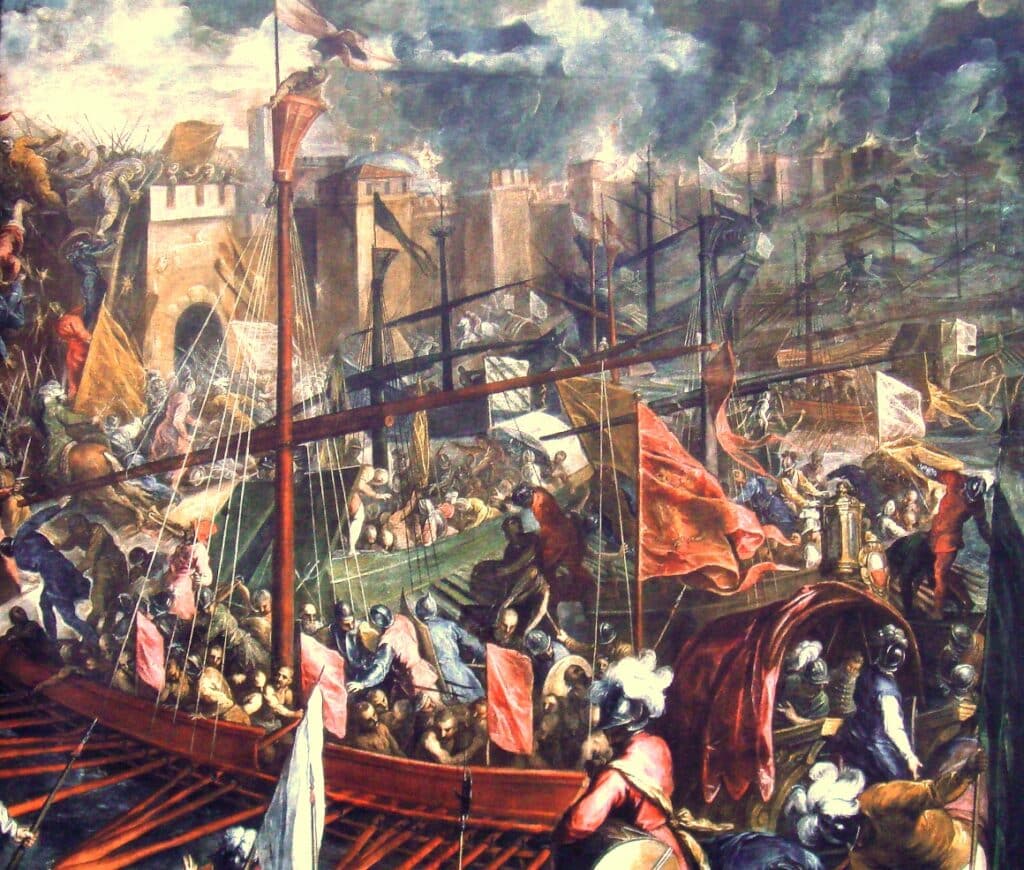
But the will of the Byzantine population was never worth much, compared to the ambitions of its elite. Kanabos was murdered by another claimant to the throne: Alexios V Doukas, known to history as Mourtzouphlos (‘he of the hairy eyebrows’), had himself hurriedly crowned in early February, and so hold the dubious honour of being the last Byzantine Emperor before the conquest of Byzantium by the Crusaders. Mourtzouphlos was dealt a poor hand: the Imperial coffers were empty, after decades of financial misdealings and his predecessor handing what was left over to the Venetians, and whilst he was adept at court politics, he played that poor hand badly. He failed to negotiate with the Venetians, who were set on recouping their debts by hook or by crook – and when he resolved on military resistance, he was disastrous, somehow managing to lose a significant Byzantine relic to a surprised Crusader army that was strung-out foraging.
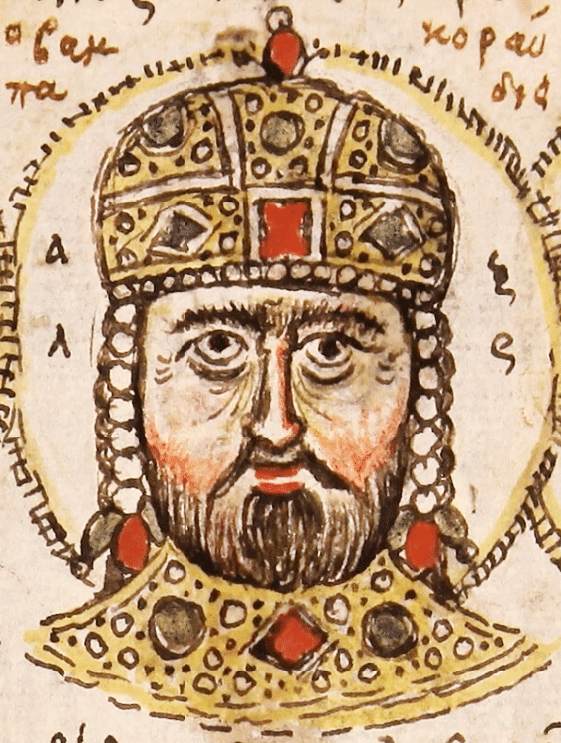
When attempting to rally popular resistance to the coming occupation, he was met with stone-faced indifference – the populace had probably decided that even foreign occupation would be better than this cavalcade of incompetents. Feeling public opinion turning against him as it had against the boy-Emperor Alexios IV, and watching the Crusaders knocking holes in the City’s walls, Mourtzouphlos, the last Emperor to rule in Byzantium for the next half a century, abandoned the city to its fate, fleeing on a fishing ship with only the clothes he stood up in.
An Inglorious Sack
After the last leaderless resistance within the City was snuffed out on 12th April (the Varangian Guard likely being the last to put up an organised fight), the City was subject to the infamous Sack of Constantinople for three days and three nights – as we saw in Part 2 of our Fourth Crusade article, the material wealth of the Ancient world was systematically stolen and melted down for scrap. When the Crusaders had satisfied their immediate aims of plunder (sorry, ‘recouping their legitimate debts’), somehow the question of continuing on to the Holy Land and actually conducting a proper Crusade never arose. Instead, the leaders of the Crusade seamlessly transitioned to partitioning the Byzantine Empire, as if it were merely another conquered territory – whilst the Holy See in Rome sent furious missives to no effect.
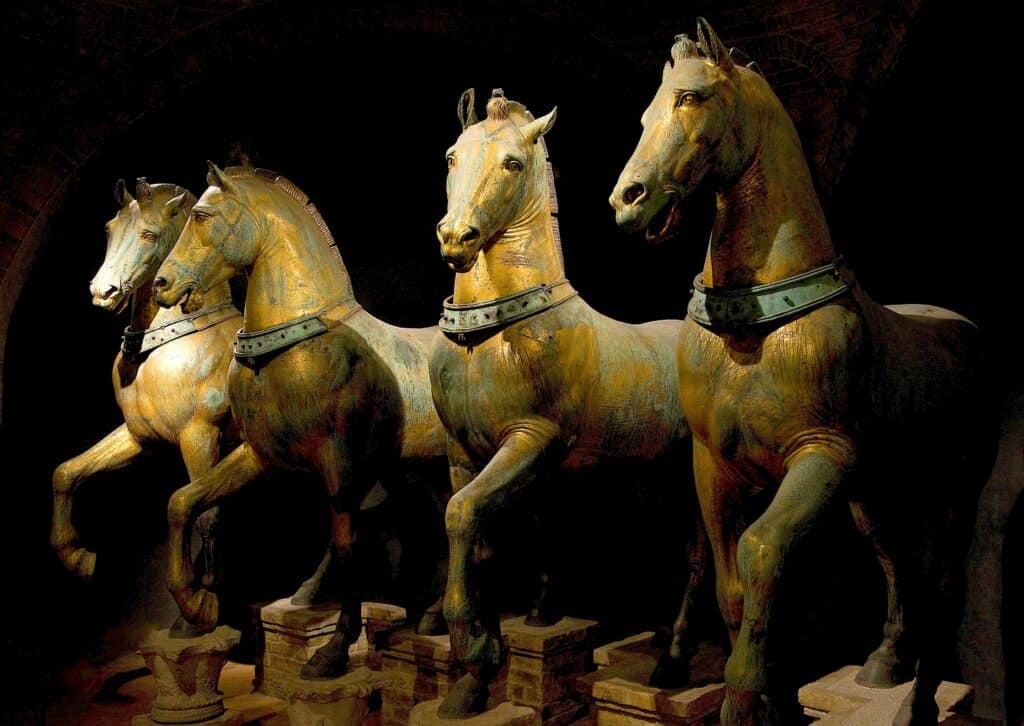
If we are in any doubt as to the intentions of the Crusaders to occupy and partition the Byzantine Empire for themselves, their own actions bely the truth. After the deposition of the boy-Emperor Alexios IV and their expulsion from the City, the Crusader leaders resolved upon everything that would follow – we know this because they wrote it all down in a contractual agreement between them, a copy of which survived in the records of Pope Innocent III. According to this document, known as the Partitio terrarum imperii Romaniae (‘The Partition of the Lands of the Empire of Romania’), the Roman Empire would cease to exist.
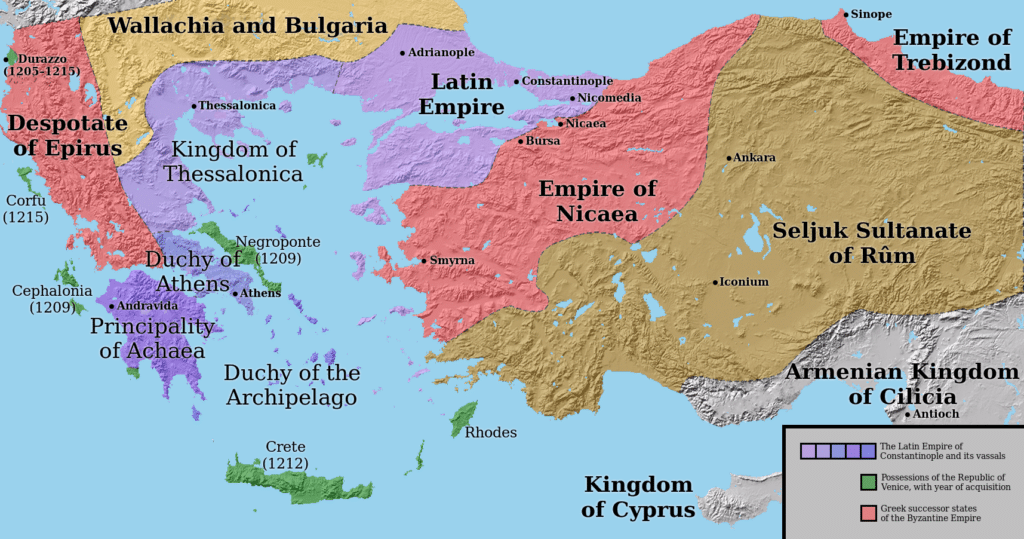
The greatest beneficiary would be, of course, the Venetians. The Byzantines were the Northern Italians’ main trading rival in the Mediterranean, and the first priority was permanently stripping the Empire of its islands and ports, in pursuit of complete monopoly over Eastern Mediterranean trade. In the final text, about three-fifths of the territory of the former-Byzantine Empire was assigned to the Venetians, including many of the major islands such as Crete and Euboea, as well as many port cities in mainland Greece. With the Venetians satisfied, the remaining land of the Byzantine Empire would be split between the other leaders of the Crusade in the Western European manner to which they were accustomed: they would rule as dukes, counts and barons taking dues from their territory, under a nominal Emperor to whom they owed feudal loyalty.
Electing An Emperor
Only one question remained – and it was a thorny one. Who of their number would be Emperor? The immediately obvious choice was Doge Dandolo – but the Venetians had no interest in governing the whole of the Empire directly; their aims had been satisfied by the massive cession of territory. And so, on the Doge’s refusal, the next most obvious choice was Boniface of Montferrat. He was the military brains behind the invasion of Constantinople, and he was wildly popular amongst both the Crusading knights and the populace of the conquered city. But the Venetians felt that Boniface’s confirmation as Imperator risked their considerable investments, since Boniface appeared to be too closely tied to the Byzantine court (hence why the Byzantine boy-Emperor Alexios had been at Boniface’s countrymen’s court to begin with) – and his holdings in Montferrat bordered the Venetians’ other main rival the Genoese. Facing with losing the security of their prize, the Venetians put their foot down: Boniface cannot be Emperor.
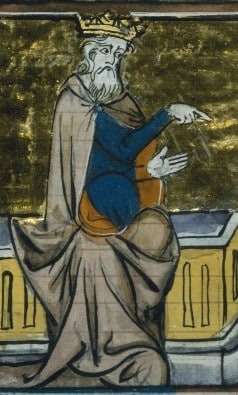
Since the victorious Venetians were still in a commanding position, the other Crusader leaders had little choice but to select a more neutral candidate that could satisfy everyone – Baldwin, Count of Flanders. Where Boniface was rakish and daring, Baldwin was serious and pious. One of the few Crusader leaders to steadfastly maintain his vows of poverty and restraint, and having no favour toward the Venetians’ rivals, he was a solid and dependable choice (even grudgingly supported by Boniface). So, in an ostentatious ceremony in the Byzantine style in the Hagia Sophia itself, Baldwin was crowned Emperor of the Latin Empire on 16th May 1204 CE.
A New Roman Empire?
Baldwin’s state officially used the title ‘Imperium Romaniae’ (‘Empire of Romania’), referring to the land of the Roman Empire, rather than the more common Imperium Romanorum (‘Empire of the Romans’), reflecting the Western Europeans’ preoccupations with land and territory over peoples. But it is important to note that Baldwin chose to use the Byzantine royal titles in Latin, as was customary: in almost every aspect, the Latin Emperors would seek to portray themselves as sole direct inheritors of the Roman Empire and the glory of Byzantium.
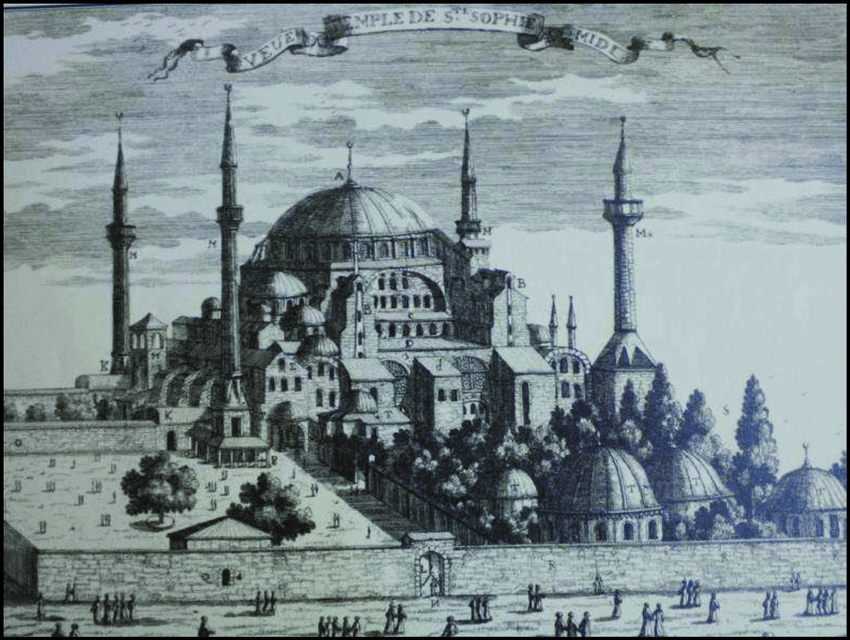
But that title was not uncontested. Whilst they had lofty goals on paper, carving up the Byzantine Empire between them in their treaty, in reality they controlled only the environs of Constantinople. Already messengers, nobles and former Senators were travelling out from the city, spreading the word of the fall of the City and of the Crusaders’ intentions to stay for good and raising the banners of resistance. From the city of Nicaea, Theodore I Lascaris, one of the few rival claimants for the Byzantine throne during the siege of Constantinople who had escaped, quickly secured the slender Anatolian possessions of the former Byzantine Empire, declaring himself Emperor of Nicaea. In the far eastern rim of the Black Sea, nobles of the Komnenos dynasty rallied the Byzantine colonies there to form the Empire of Trebizond, under the protection of the Georgian queen Tamar. Over on the far west of the Byzantine sphere, relatives of the deposed Angelos Emperors formed the Despotate of Epirus. As we can see, the only thing that Byzantine elites hated more than foreign occupiers was each other, and the fragmented resistance to the fledgling Crusader regime would give them remarkable breathing space.
The Conquest Begins
In October of 1204, newly-purpled Latin Emperor Baldwin enfeoffed (gave lands to) over 600 knights in his service with lands of the former Byzantine Empire. This was effectively a declaration of intent: to pacify the rebellious lands under his right as Emperor with violence. The disgruntled Boniface of Montferrat swiftly set about carving himself out a sizeable chunk of the western Greek peninsula without the permission of Baldwin, founding the Kingdom of Thessalonika which would continue a fractious relationship with the Latin Emperors. The leaders of the Crusaders organized the knights into armies to go into these ‘rebellious’ territories and garrison them with a standing military until the Greeks were pacified.
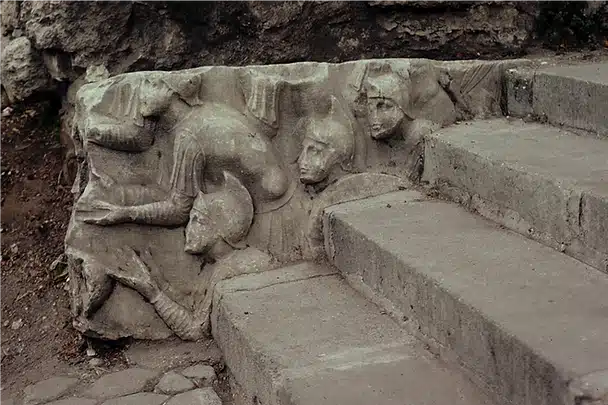
Mourtzephlos, the last Byzantine Emperor to rule in Constantinople, had fled to Mysonopolis – where his father-in-law, the former Emperor Alexios III, had set himself up as a pretender to reclaim the Constantinopolitan throne. But Mourtzephlos posed a threat to Alexios’ pretensions – and so he had Mourtzephlos blinded (rendering him ineligible for rule by Byzantine custom), and cast out of the city. Bereft of allies, Mourtzephlos was captured by the advancing Crusaders, and brought back to Constantinople in chains. To make an example of the former Byzantine Emperor, Latin Emperor Baldwin put him on trial, and whilst Mourtzephlos argued that it was the boy-Emperor Alexios IV who had betrayed the city to the Crusaders, the outcome was a foregone conclusion. Latin Emperor Baldwin executed the last Byzantine Emperor by decreeing he be thrown from the top of the Column of Theodosius in the largest public square in the city.
With this grisly act in search of the legitimacy of the conqueror, Baldwin launched the near-constant effort to subdue the successor regimes in Nicaea, Trebizond and Epirus – as well as to fend off the circling vultures of the other regional states (including Georgia and the Second Bulgarian Empire) looking to take advantage of conquered Byzantium. But will the Latin Empire survive? Will they be able to plot their way through the mind-bending political intricacies of the High Medieval Eastern Mediterranean? Join us in Part 2 of our examination of the Latin Empire of conquered Byzantium to find out!

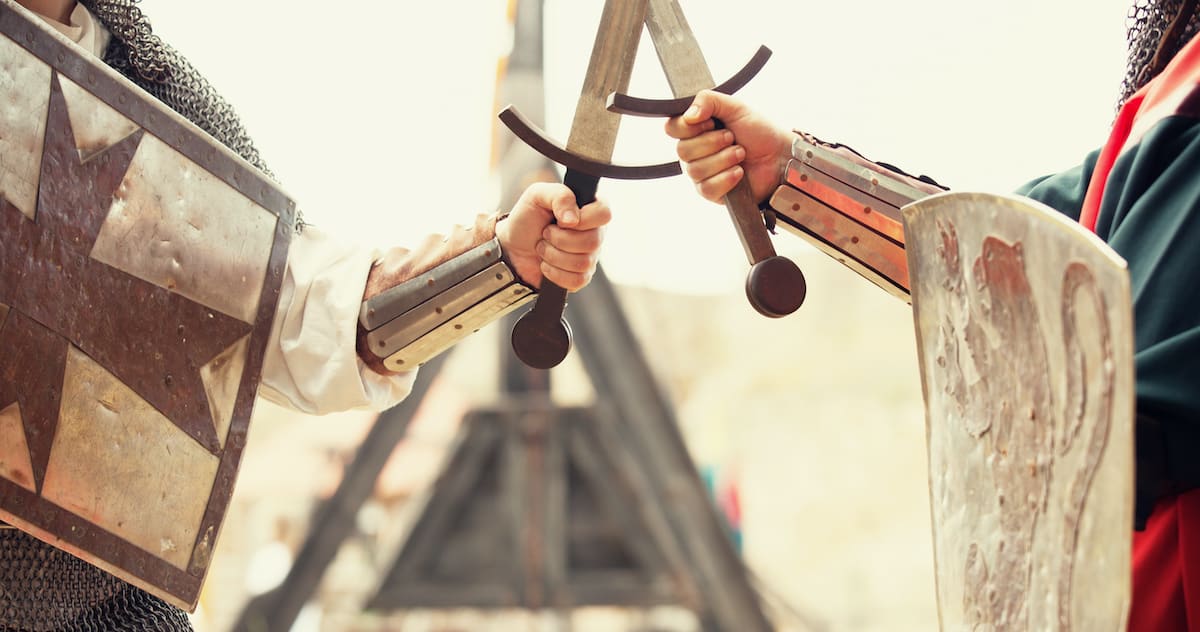 Historical Swords
Historical Swords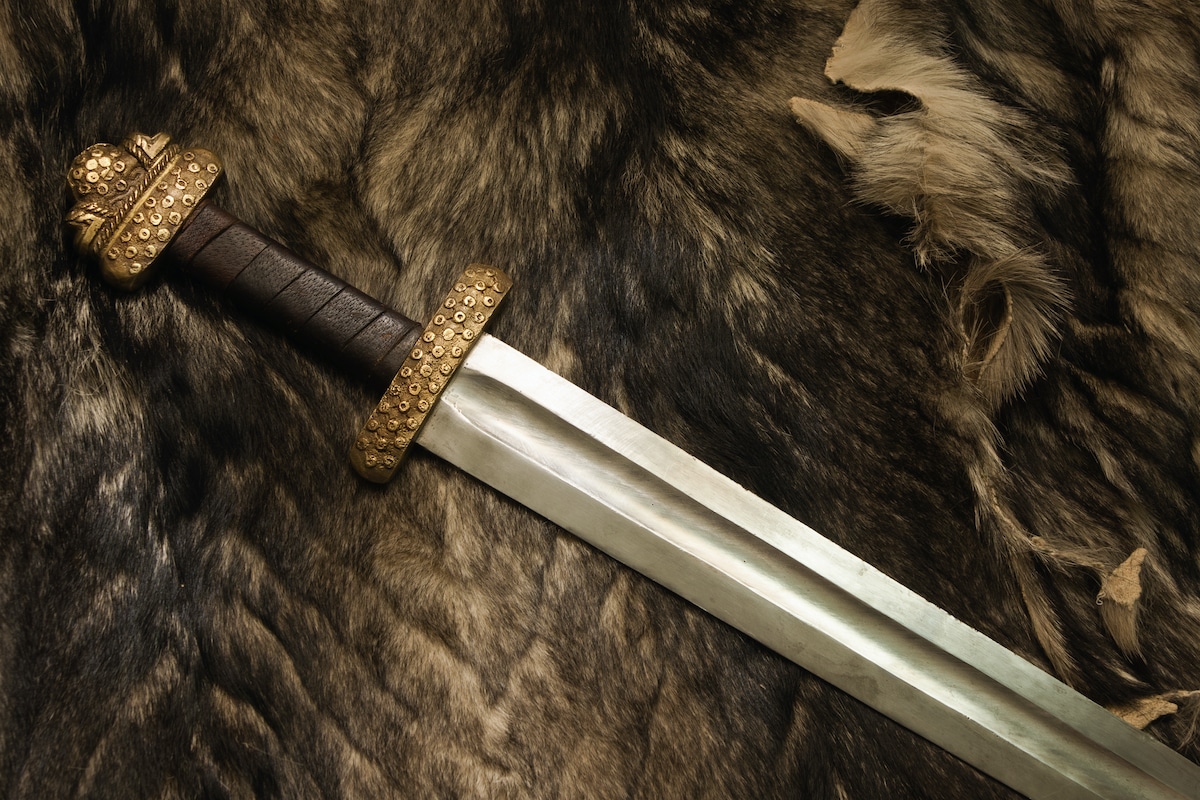 Norse & Viking Swords
Norse & Viking Swords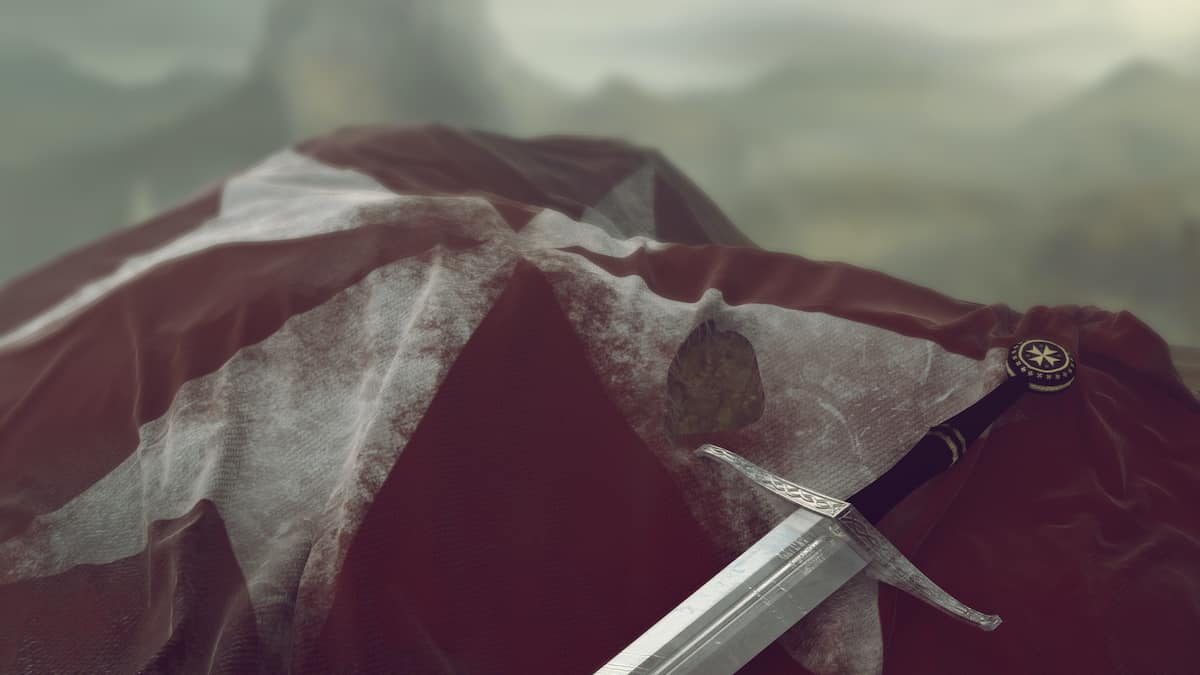 Templar Swords
Templar Swords Claymore Swords
Claymore Swords Fantasy Swords
Fantasy Swords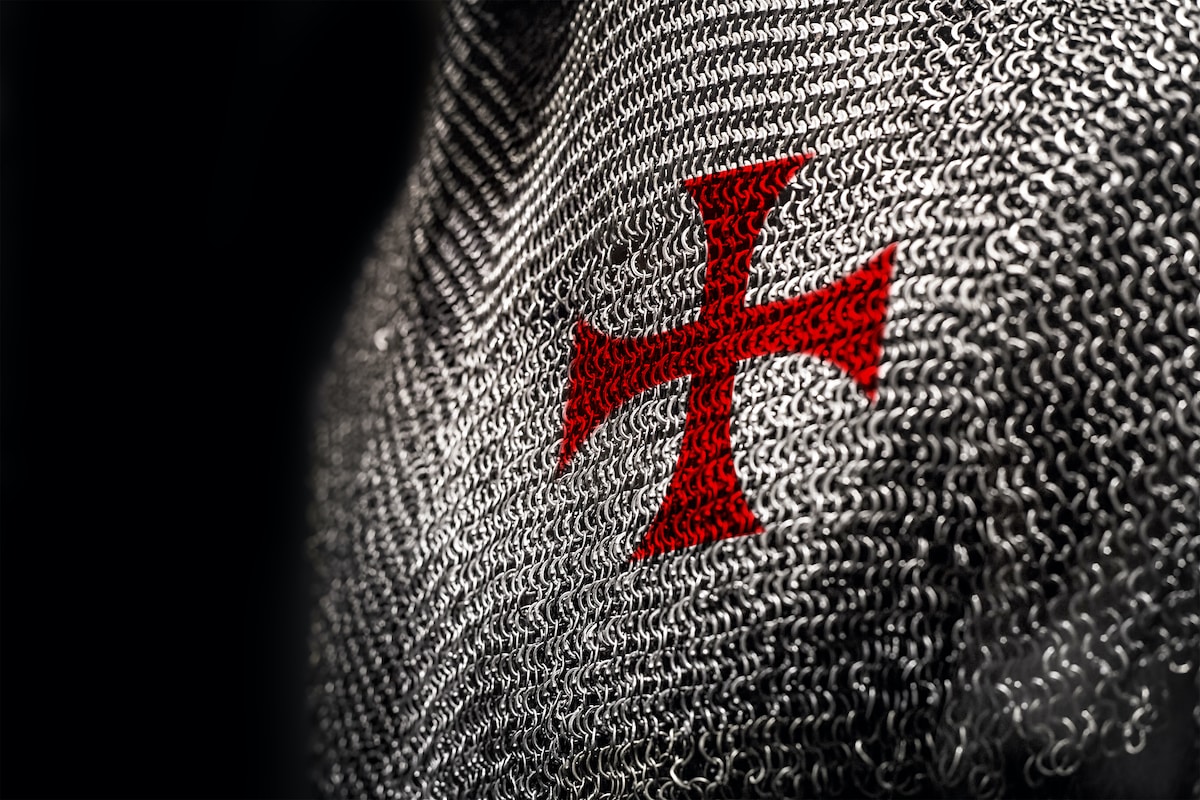 Chainmail
Chainmail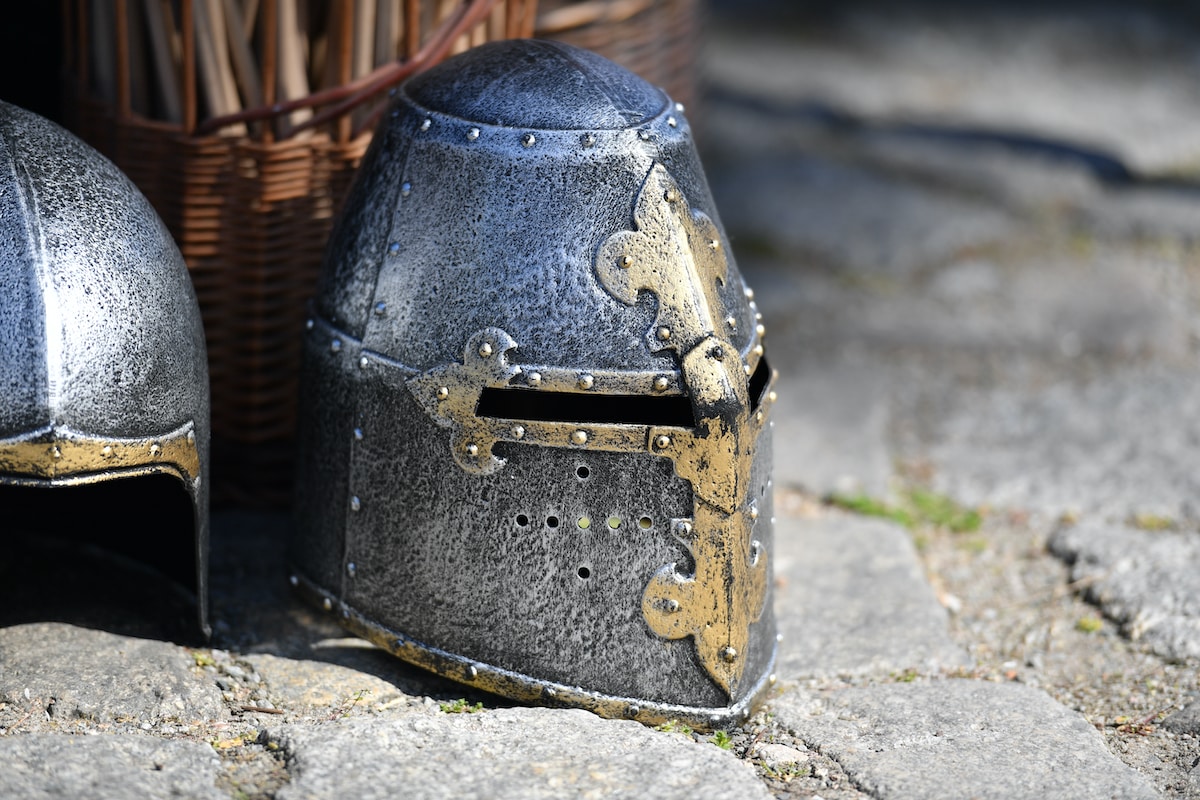 Helmets
Helmets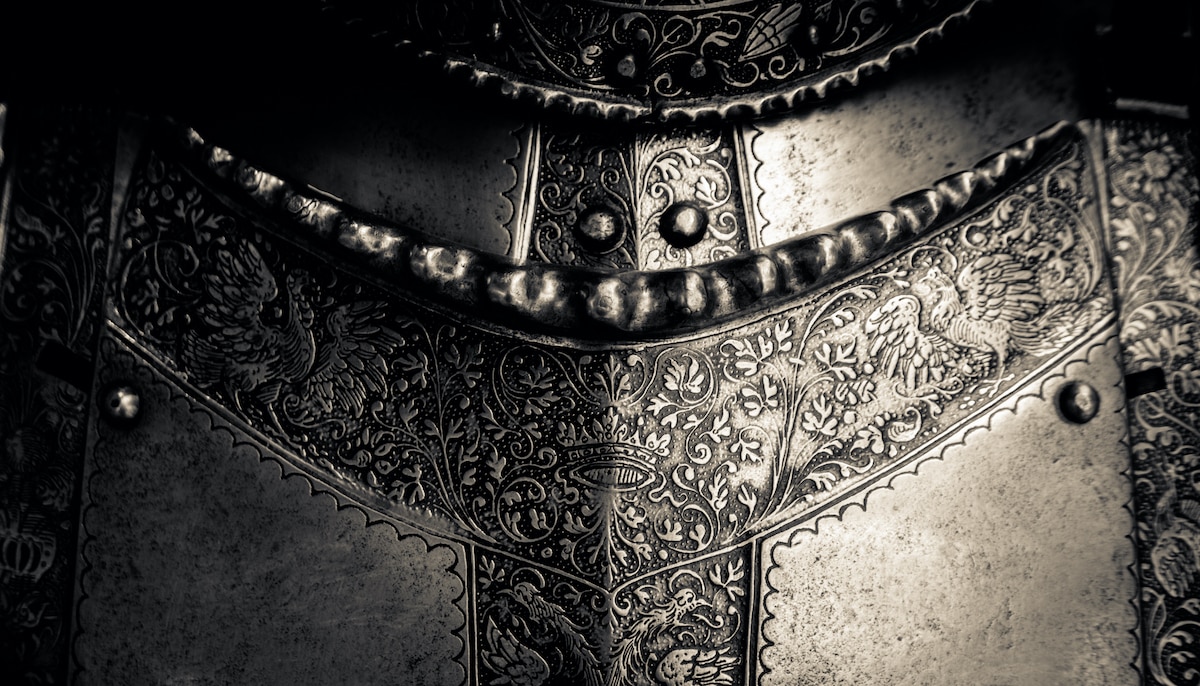 Torso Armor
Torso Armor Bracers and Arm Protection
Bracers and Arm Protection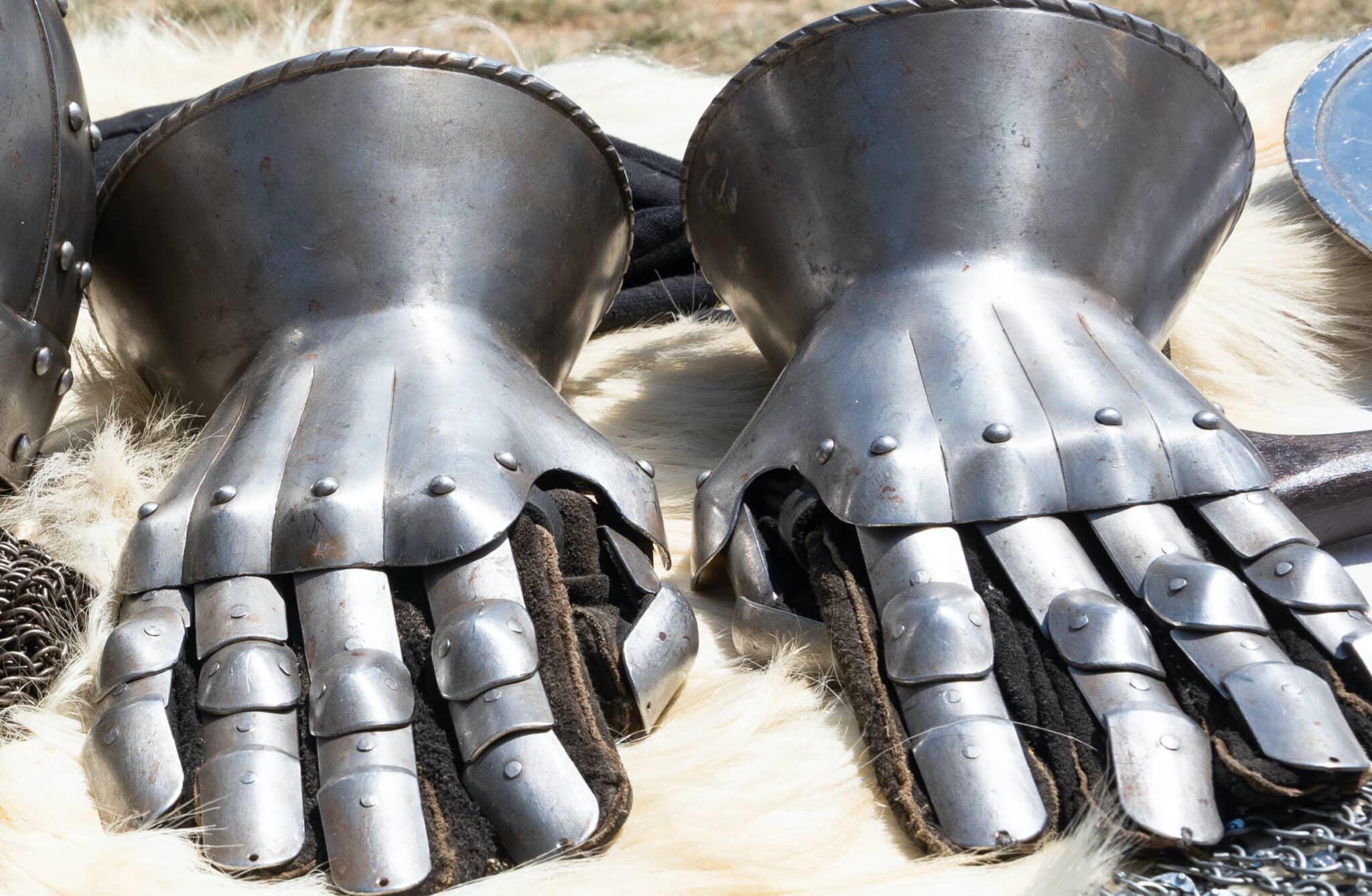 Gauntlets
Gauntlets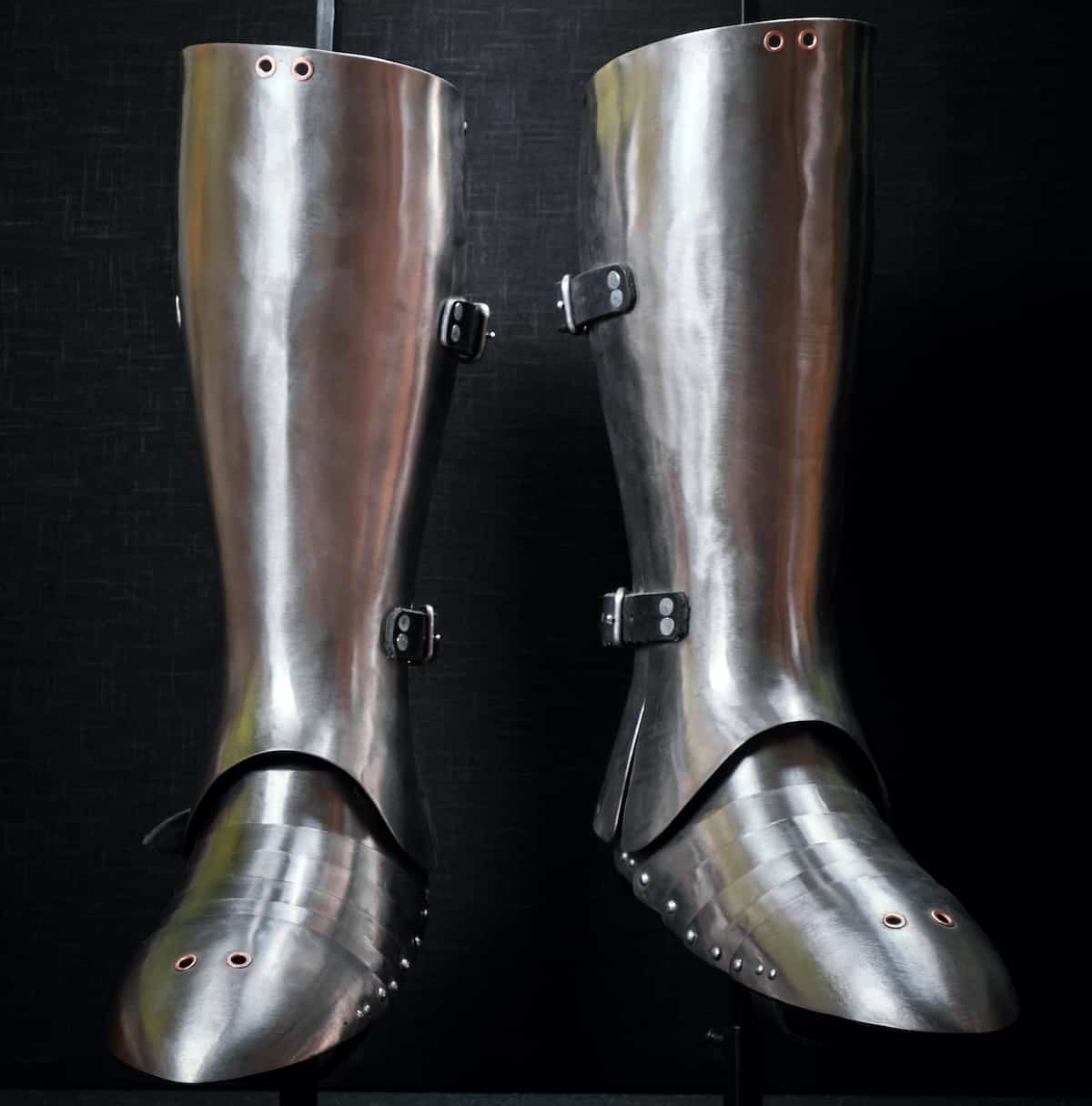 Leg Armor
Leg Armor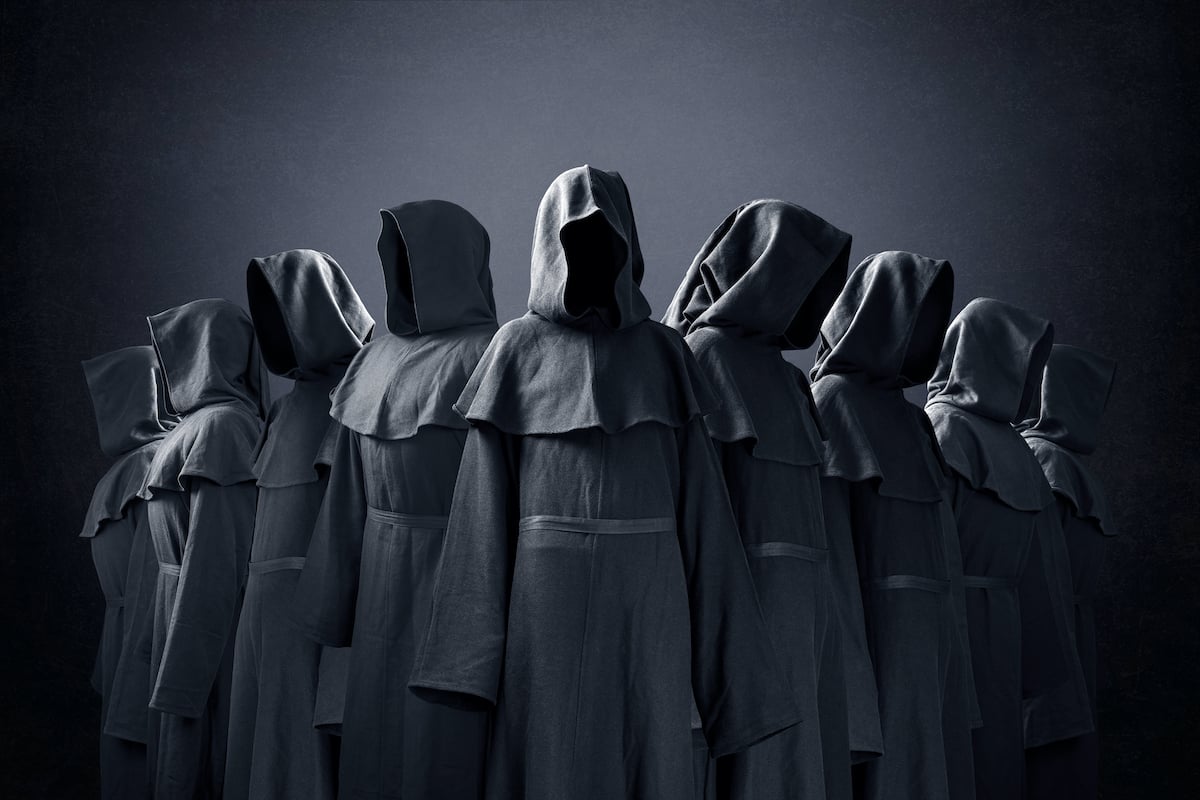 Cloaks
Cloaks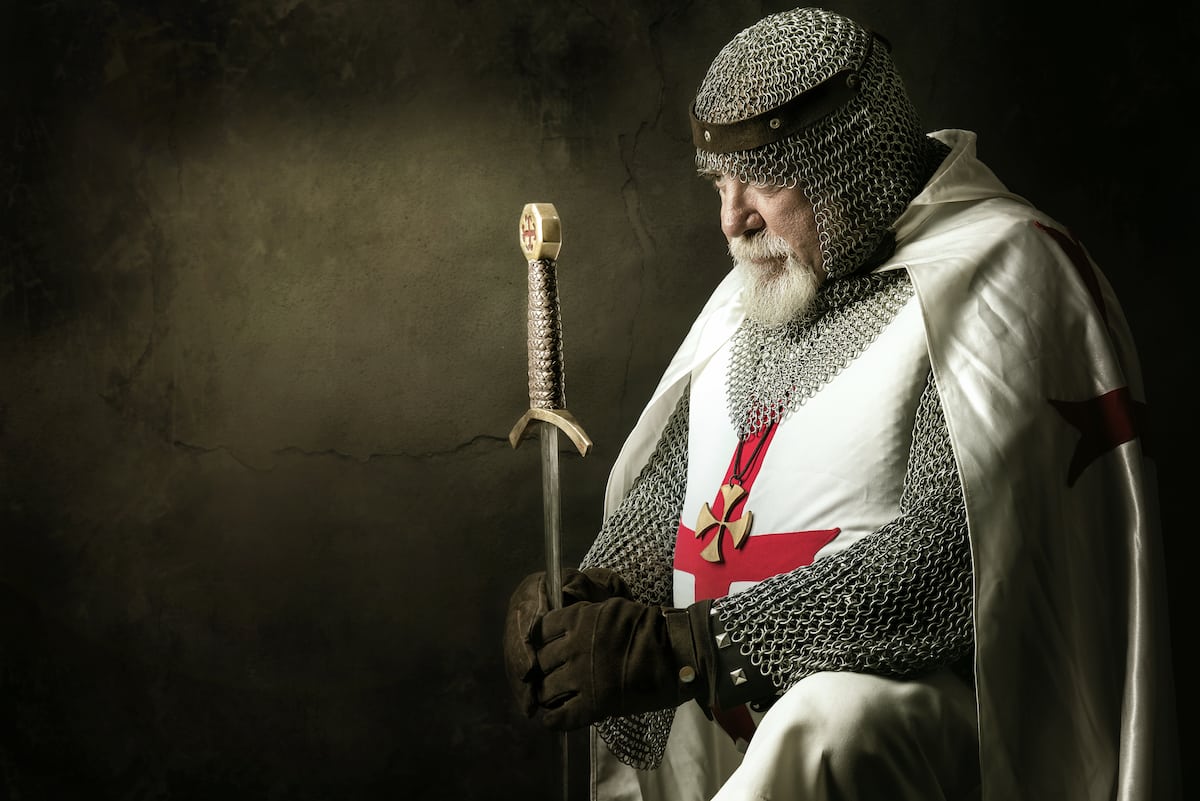 Tabards
Tabards Shirts
Shirts Tunics
Tunics Dresses
Dresses Pants
Pants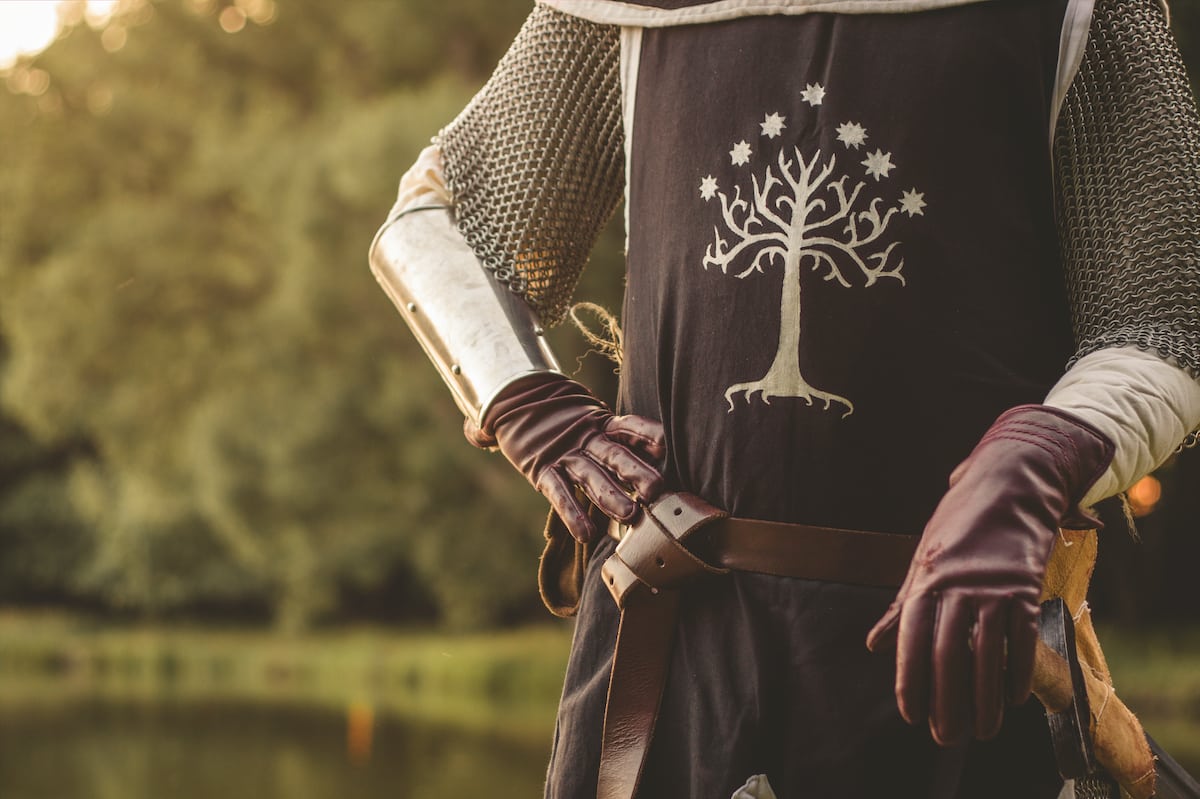 Gloves
Gloves Belts
Belts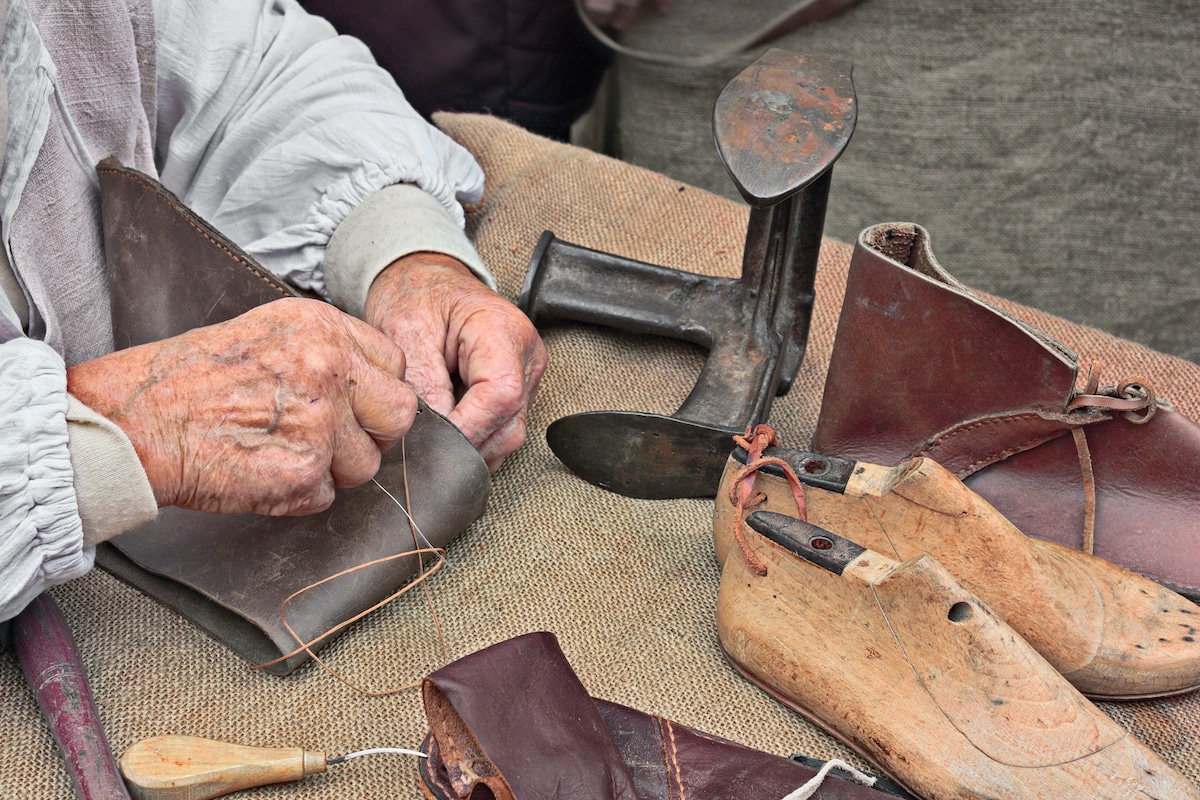 Shoes
Shoes Rings
Rings Necklaces & Pendants
Necklaces & Pendants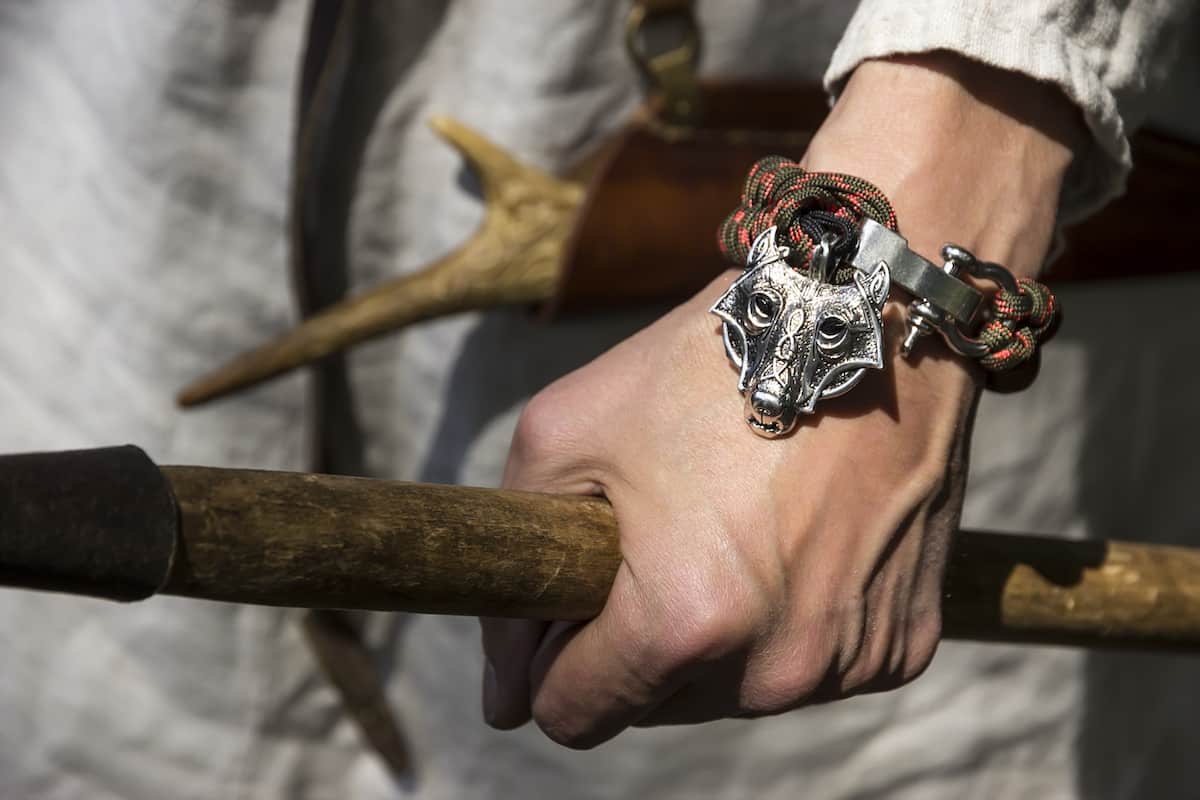 Bracelets
Bracelets


